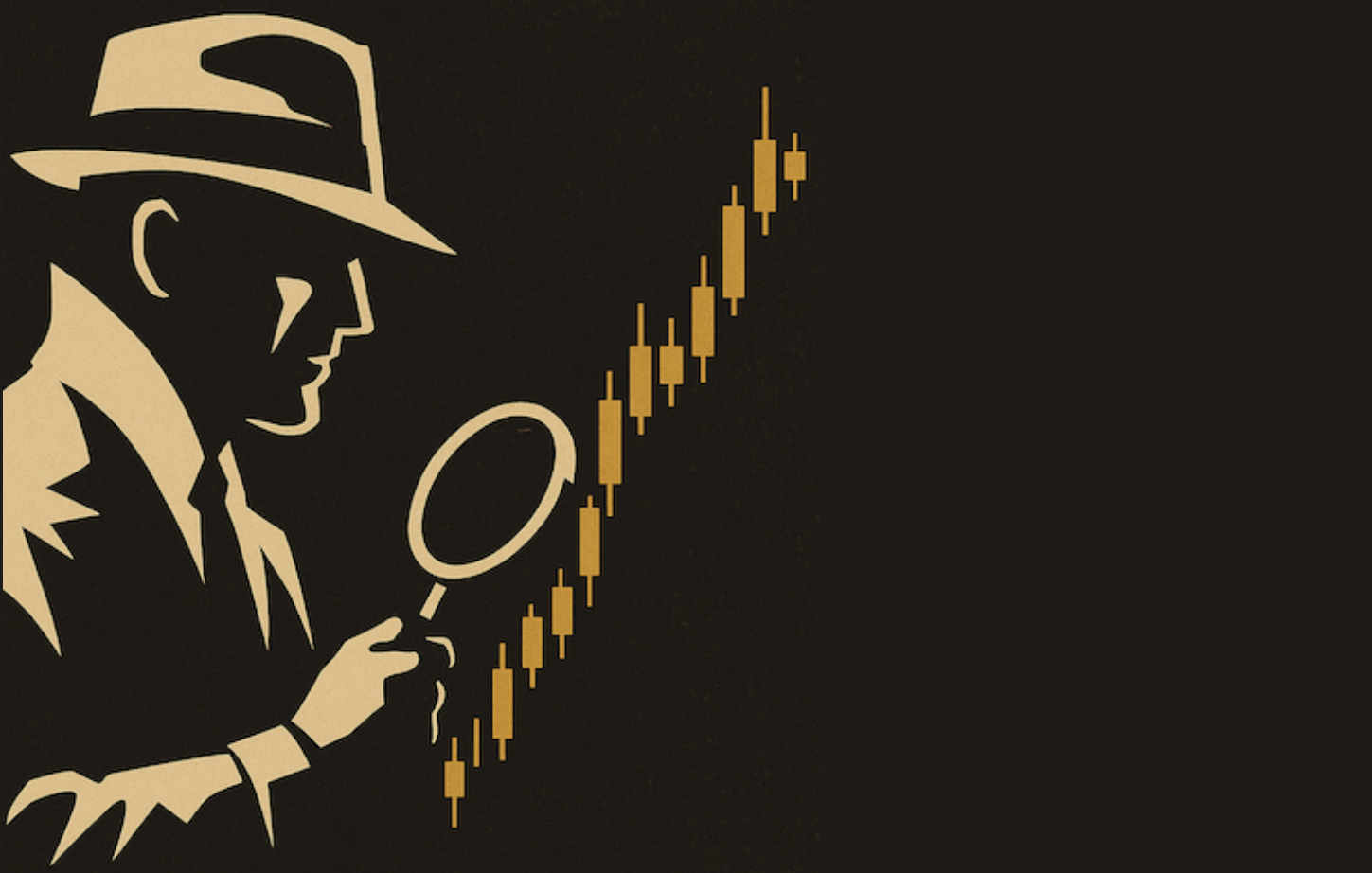THE MARKET HAS ALREADY REACHED MAJOR UPSIDE TARGETS -- MORE 50-DAY AVERAGES ARE BROKEN -- SOX PULLS MARKET LOWER
WILSHIRE 5000 TARGETS SUPERSEDE S&P 500 TARGETS... During the fourth quarter, I gave an upside target in the S&P 500 to the 1250 level. That was partially predicated on the fact that 1250 represented a 62% retracement of the 2000-2002 bear market. I later wrote about the possibility of a rise to the 1300 vicinity which was the peak reached during the first half of 2001. Last Thursday, I revised that view by utilizing the Wilshire 5000 Index which provides a much broader view of the market (January 06, 2005). I wrote that the Wilshire 5000 had already retraced 62% of its previous bear market at 12000 (see Chart 1). The chart also shows the WLSH having already reached its early 2001 peak at the same level (see circle). Using that broader index meant that the "market" had already achieved the two upside targets I was looking for. I concluded the January 6 analysis by writing that "the weight of the evidence suggests that the market is at -- or very close to -- an important top". Some of you have asked if the higher S&P 500 targets are still valid. The answer is no. Chart 1 also shows the "negative divergence" on the CCI oscillator during the last market upleg (see arrow), which is more serious in a fifth wave. The only caveat I had was the possibility of one more try at a new high. But, in my view, the fifth wave targets that I wrote about have been achieved.

Chart 1
WILSHIRE 5000 CLOSES BELOW 50-DAY LINE... The market took another turn for the worse today when the WLSH (and the S&P 500) closed beneath their 50-day moving averages (more on that later). This is the first time that's happened since the end of October when the WLSH dipped under that support line for a couple of days before resuming its uptrend (see blue circle). What makes this price decline more serious is the volume pattern. Back in October, the market showed heavy volume on up days, and light volume on down days. Now it's showing just the opposite. Volume has been heavier on down days -- and was again today. That's a sign of more serious selling. The horizontal lines show some potential support levels at the 38% and 50% retracement levels. The lowest line (61.8%) sits near 11200 which coincides with the October peak and a five-month trendline. That's the line in the sand. If the market slips beneath that level, the long-term picture will darken even further.

Chart 2

Chart 3
POINT & FIGURE SUPPORT LEVELS... The p&f boxes in Chart 3 show that no support levels have been broken yet on the Wilshire 5000. To issue a p&f sell signal, the WLSH would have to fall to 11500 or 11450. Charts 4 through 6 show p&f support levels for the three other major stock indexes. So far, only the Nasdaq 100 has issued a p&f sell signal. [A sell signal occurs when a column of o's falls beneath a previous o column]. That took place at 1580 and 1570. A drop to 1540 would break another o column. The Russell 2000 Small Cap Index (not shown) has also given a p&f sell signal. That means that technology and small caps are leading the market lower -- a bad sign. For the Dow to give a sell signal, it would have to drop to 10400. The S&P 500 would have to drop to 1170 or 1165.

Chart 4

Chart 5

Chart 6
SOX PULLING MARKET LOWER ... Thanks to a big hit in Advanced Micro Devices (AMD), the Semiconductor (SOX) Index led the market lower today. The last two charts show why we utilize trendlines, moving averages, relative strength lines, and p&f support levels to spot trouble. Last Tuesday (January 4) the SOX tumbled beneath its (blue) 50-day moving average (see blue circle). I wrote at the time that that was enough in itself to warrant more selling. But there was more. At the same time, the SOX also broke its (green) support line drawn under its September/ October lows. Two sell signals at the same time carry more even more weight. Its relative strength line had actually turned down almost a month before (see blue arrow). Turns in RS lines often take place before turns in the actual index or stock. A breakdown in any one of those indicators might not be that serious. But when a bunch of these sell signals occur around the same time, they have to be taken seriously. Chart 9 shows that p&f sell signals were given at 420 and 416. That's why we watch point & figure charts. And why you should be watching them too. By the way, the market downturn at the start of 2004 started with a downturn in the SOX Index.

Chart 7

Chart 8







